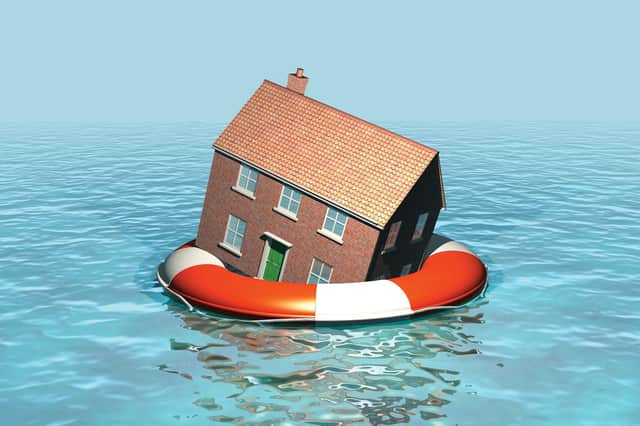Kirsty McLuckie: Coastal buyers beware


Rightmove has reported a leap in rental asking prices in coastal towns across the UK – up to 25 per cent in some cases – and Zoopla reports that Scottish seaside towns in Fife, Moray and Argyll are among the most searched-for locations in terms of house sales.
Zoopla’s sales figures state that almost a quarter – 22 per cent – of homes in Argyll appear to have increased in value by more than the average salary over the past year.
Advertisement
Hide AdAdvertisement
Hide AdI live in Argyll, and so the news is quite exciting. We rarely feature top in anything, apart from shinty league tables.
The thought that my home may be one of the ones that has quietly been earning more than I do for the last few months is gratifying.
Perhaps I should show it some respect and reward it with a lick of paint it so badly needs?
But then I remind myself of how sales statistics can be misleading. The volume and type of sales behind these figures are key to understanding them and, sadly, it seems that I may not be laughing all the way to the bank quite yet.
With holiday homes in some villages in my local area, on the Cowal Peninsula, making up nearly half of the existing housing stock, a rise in the number of these sales after a very quiet couple of years will have a dramatic effect on the average sale price.
And you can see why holiday home owners may be keen to sell, especially if like many of our part-time neighbours, they rent their cottages when not using them to offset the costs involved.
Some 18 months without paying guests, or even the ability to use the property yourself for much of that time, must have persuaded many owners to offload an expensive second home investment.
These types of properties tend to be in prime waterside locations, and so a rise in high-value homes changing hands will inflate the average price of property in the area, without necessarily adding £££s on to my house value. This is especially true as it is a mile from the sea and has a view of a sheep field, rather than the stunning coast.
Advertisement
Hide AdAdvertisement
Hide AdOf course, for holiday homes to be selling there must be willing buyers, and you can see why living by the sea is something those rethinking their priorities after the pandemic might be drawn to.
And the rise in people holidaying in the UK this year may well have introduced city dwellers to rural areas they haven’t encountered before and inspired them to buy.
But beware. There is a difference in living close to the sea, and living too close to it.
Rising sea levels due to climate change could mean that buying a place with direct access to the shore is not a great idea, long-term.
An online map which highlights the UK areas in danger of flooding over the next few decades is available from the organisation Climate Central and using the interactive tool is sobering.
After perusing this portal of doom, you may feel that a vista of the sea is best taken at a slight distance... from up a hill .